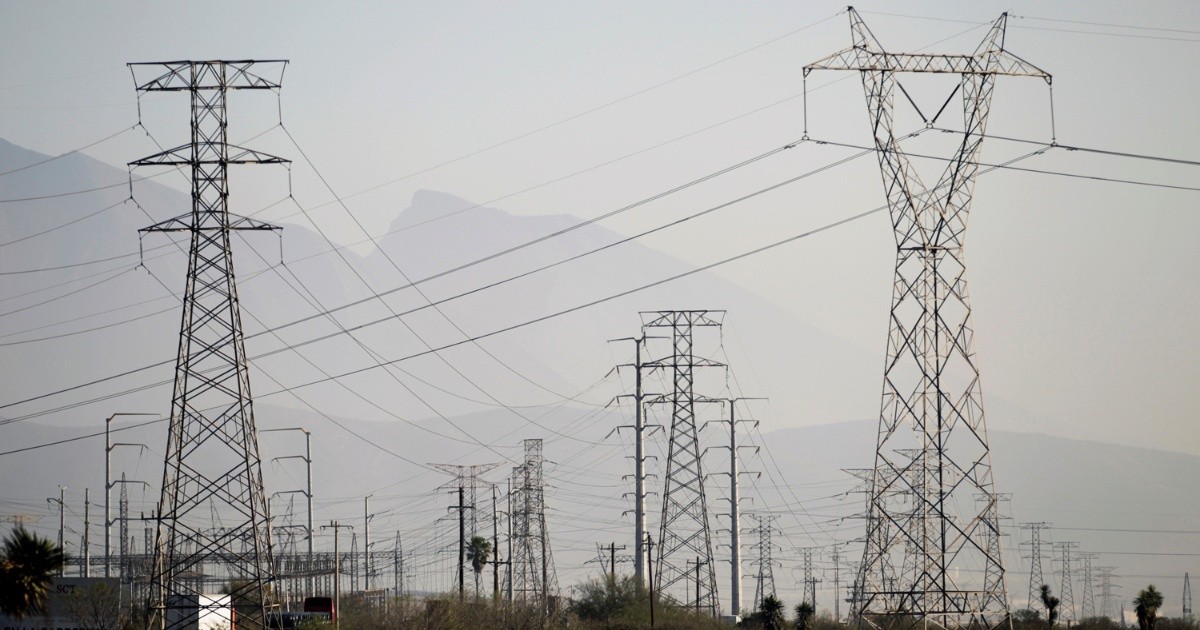decarbonization, digitization, cost pressures and geopolitical uncertainty are some of the factors transforming the energy market. Given this scenario, the consulting firm EY concluded in its analysis of the biggest challenges that the energy sector could face in 2023 are the lack of routes of action and clear definitions in this regard.
“The main challenge is to transform the business derived from the energy transition, as well as improve the image of the sector. Our recommendation is that companies in the industry carry out a comprehensive program that includes strategic elements, the definition of transformation initiatives and their operation”, explained Alfredo Álvarez, Lead Energy Partner for EY Latin America North.
Bernardo Cardona, Associate Lead Partner of Energy for EY Latin America North, established that: “It is important that energy companies define and effectively communicate their decarbonization plans, new business and product development, defense against market disruptors, as well as those actions that improve operational efficiency through technologies and digitization”. He added that these organizations must work to include scenario planning, optimized portfolios, transparent supply chains and collaborations.
in matters of oil exploration and extraction, The analysis asserted that the main challenge in the exploration and discovery process is for the winners of energy and oil blocks to continue efforts to assess the exploitation potential of the assigned fields. The main recommendation is to carry out a holistic analysis of technical, regulatory and business risks to direct possible investments in later phases of development.
The fuel transportation and storage process presents challenges for infrastructure operators such as ensuring regulatory and regulatory compliance, as well as seeking the involvement of Petróleos Mexicanos in their projects, so it will be important to shield their operations to reduce the risk of interruption of operational continuity.
While, within the refining and distribution to users of petroleum derivatives, gas stations must develop a series of differentiation strategies that allow them to increase margins and income per square meter, so they will have to implement specific customer experience initiatives , digitization, promotions, loyalty and loyalty, alternative fuels, leverage of the convenience store-service station pairing, development of new businesses with other non-fossil fuels and sustainable service stations.
Finally, for the public services segment, it is to improve operating efficiency and optimize production units; for this, it is recommended to leverage and develop digital solutions that allow the improvement of the efficiency in the operations. The foregoing leads the generation, transmission and distribution and marketing subsegments to carry out expansion projects and improvement of network efficiency, in addition to automating and digitizing operations to achieve greater efficiency.
“At EY we are in constant search of perspectives and tools that contribute to the transformation of the energy industry and allow us to face the most difficult problems of the current environment,” concludes Alfredo Álvarez.















